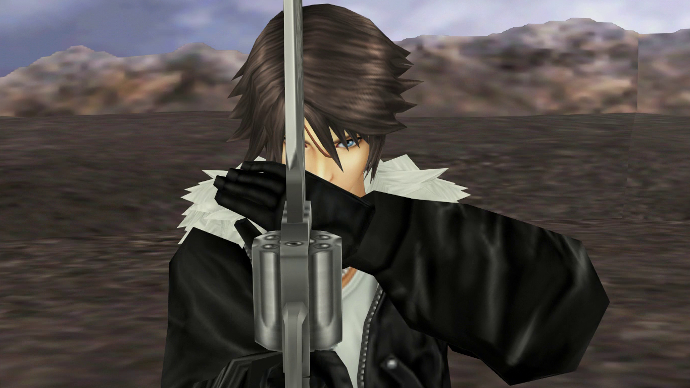Share
Jumping into Hearts for a Quarter-Century
Turning twenty-five is a milestone year for most things. Two and a half decades is a long time, and for a game, it can seem like several eons with how fast the medium advances. However for some titles, they stand up to that test, and prove themselves to be enduring classics that are as fun to play as they are beloved in our memories.
Today (March 9th) is one such day, as it marks the 25th anniversary of Super Mario RPG: Legend of the Seven Stars.
Despite advancements in games, the evolution of RPGs as a genre, this game, and its cast of familiar and unique characters still endure as a beloved JRPG that brings people back to it, whether its for the first time or the tenth. Much like its contemporaries, the RPGs of the late SNES era just had that creativity and innovation that ensured they’d be timeless.
An Unlikely Match
A chance meeting, an idea from a legendary creator, and a want to broaden horizons all came into play during the development of Super Mario RPG. Square wanted to make a game that would sell well overseas, Shigeru Miyamoto wanted to make a Mario game with RPG elements, and Square just happened to be in a position to talk with Nintendo to make that happen.
With development starting in earnest in 1995, the two companies (with primary development being handled by Square), worked together to create a hybrid of the disparate platforming actio and RPG genres to create a game that played to the strengths of franchise like Mario and Final Fantasy, while trimming out things that would have been weaknesses had they just been mashed together wholesale.
Combined with a story that featured new characters and an original plot, an excellent soundtrack by Yoko Shimomura, who arranged iconic Mario tracks by Koji Kondo, and some of Nobuo Uematsu’s work from Final Fantasy, its unique visual style, and engaging gameplay, the game was something of a total package.
Jumping To Success
You can make something great, but if people don’t want to see it, well, you’re out of luck. Many is the tale of a game that has been released, only to be eclipsed by other titles, or looked over for one reason or another. Thankfully that wasn’t the case here.
After its release in 1996, the game outsold Nintendo’s expectations, and was commonly sought after at rental stores. By all accounts, the game was a massive success, with close to 1.5 million copies sold in Japan alone. For 1996 standards, that was a blockbuster release.
A lot of that could be attributed to the game’s handling of combat. Rather than just setting up and queuing attacks during the RPG-styled battles, players could use timed button presses to increase the damage they did to enemies, or reduce incoming hits to keep them going in tougher battles. This allowed for further opportunities to engage with, and master the game’s mechanics and the special abilities each character had, keeping players from ever getting too rote with how they approached encounters.
One and Done
Despite this success, a direct sequel was never to be. With their decision to develop games for the PlayStation over the Nintendo 64, Square’s relationship with Nintendo became a bit fractured.
However, that didn’t mean the end of Mario as an RPG hero. Anyone familiar with Paper Mario, or the Mario And Luigi franchises knows that the legacy of Super Mario RPG lives on, at least in part, in those series. However their constant evolution of the concepts established in their 1996 predecessor has been met with increasing frustration with those that want a more pure RPG experience that Super Mario RPG, and early titles in these franchises established.
Playing the Classics
That said, if you are wanting to crack into the original, there are a few options for you to do so.
While the game is not available on Switch as of the time of writing, you can pick it up on Wii U if you still happen to have one laying around, or on the Super NES Classic Edition, where the game is pre-loaded and ready to go. Otherwise, you better be ready to track down a cart, dust off your SNES, and play it in its original glory.



